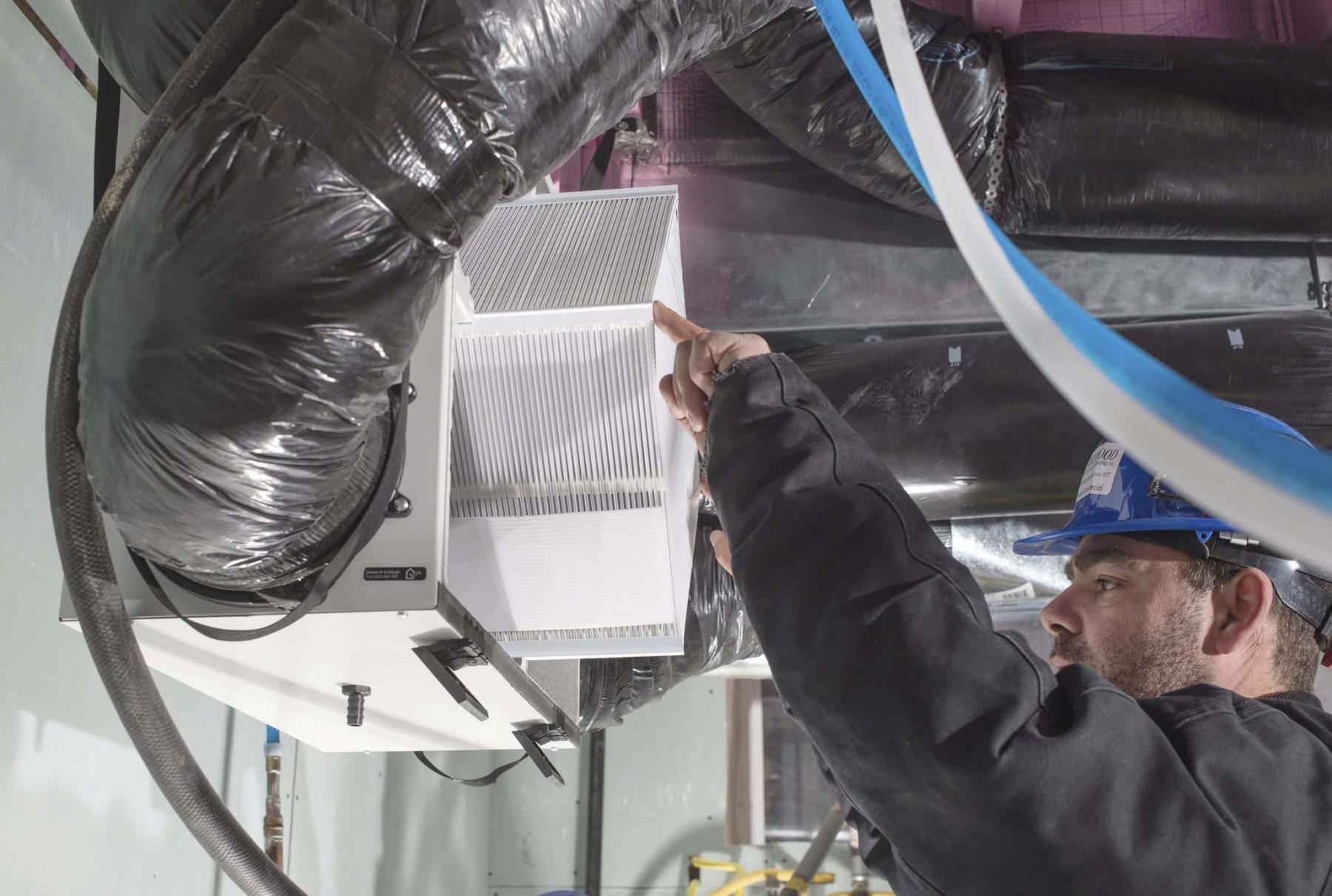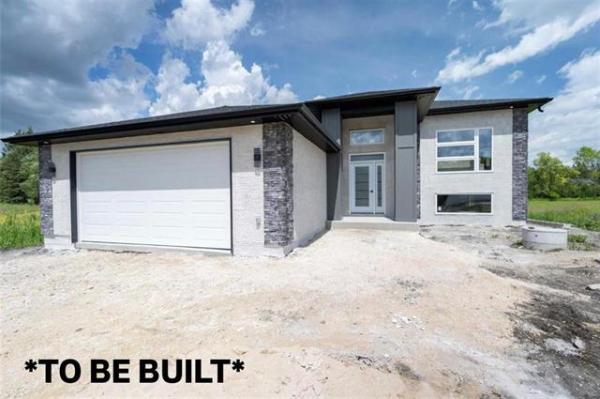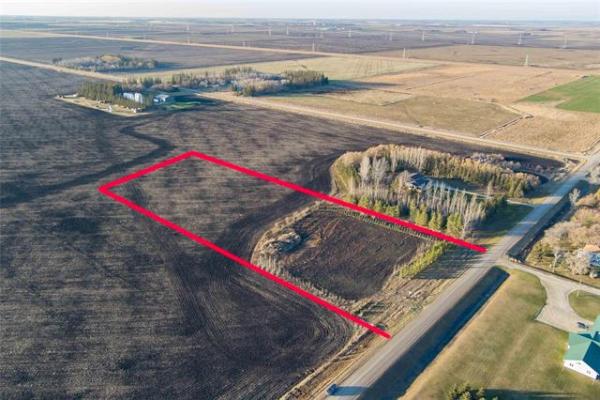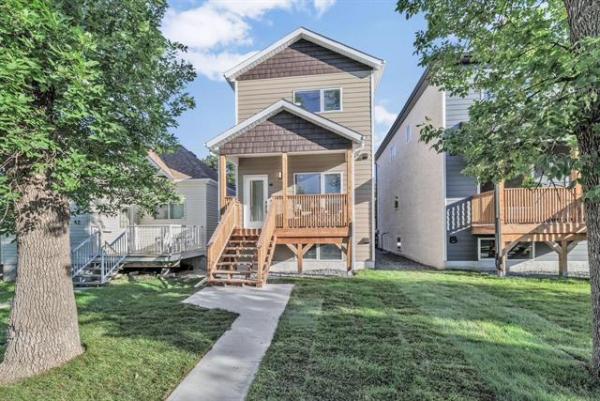QUESTION — I just purchased a home last year. It has an HVAC unit mounted on the basement ceiling. I do not turn it on during the summer because my house will not cool down when using my portable air conditioners. However, in the fall I turn it on here and there. But, on colder days it brings in too much cold air. During the winter it will freeze you out, even when it is set to "low." On "high," I feel like my whole house would freeze up, including the TVs. All the controls are on the box itself. On one side of the box it has low, medium, high and off, and the other side of the box has off, 80, 60, and 40 per cent, and so forth. I do have a lot of condensation on my windows in the colder months. Would you have any suggestions as to how I am supposed to use this system properly? Not only for the condensation, but as well to not freeze myself out of my home or burn too much oil? There are no other components to this system in any part of my home, except for the registers on the walls upstairs, where the cold air comes in from the ventilator. I would greatly appreciate your feedback.
Sincerely, Vanessa Kennedy
Answer: Confusion over proper use of heat-recovery ventilators is still quite common and your situation is a good example. Unfortunately, many of these devices are available for installation by untrained homeowners or by poorly trained heating and ventilation technicians. The simple solution is to find a contractor in your area familiar with your particular brand of unit and have them come in and install the proper controls, balance and clean the system, and show you the proper way to use it.
Many homeowners have very little idea how to properly operate their heat-recovery ventilator and, like you, use the improper abbreviation HVAC to describe the device. That acronym stands for heating, ventilation, and air conditioning and is a general term used for those mechanical systems and the technicians who install and service them. While this is understandable for a relatively new device in some areas, these ventilation systems have been around for a few decades in many regions. Since you have shown concern over burning too much "oil," I can assume that you are in a semi-remote area and/or in the eastern portion of North America, where natural gas is not readily available as a source of heating fuel. If you are in the Atlantic region, where ambient relative humidity can be quite high year-round, there should be plenty of knowledgeable people who have had these devices in their homes for more than 20 years.
The fact your HRV has no central control, which is typically mounted in the main living area next to the thermostat for the heating system, tells me it may have been a retrofit model installed after the home was built. If not, the installer may have taken a shortcut, which will limit the ability of the device to accurately regulate the relative humidity in the home. If the sensors for the controls are simply inside the unit’s housing, they may not be working properly. It is quite common for portions of these units to frost up in cold weather and most have an integral defroster system that will quickly melt the ice and prevent shutdown. If these or any other of the automatic components are malfunctioning it could account for your issue.
A properly installed and set up HRV should replace the stale, damp air inside your home with fresh air from outside. Since the units have a heat-recovery core that extracts some of the heat from the exhaust air to warm the incoming air, there should not be cold drafts felt at the registers. If the unit is a retrofit type, it may only connect to the return air ducting for your furnace to help circulate the fresh air to the home through the furnace. It may also collect some of the existing house air through the return air registers, normally located near the main floor, before it enters the hrv unit. If these two ducts from the HRV are not located properly, improper mixing of the air may occur in these furnace ducts rather than the HRV housing.
Another common problem with these units is improper balancing of the device. All of these devices should be professionally balanced after installation of all the components. This is to ensure the same amount of air is exhausted as is drawn in from the exterior. If this balancing has not been done, or something has thrown it out of sync, it could explain your cold air issues. Also, go outside and check the intake and exhaust vent hoods to ensure they are not blocked by vegetation, snow, dust, dirt, or other debris. Regularly cleaning these, along with the filters and core inside the unit’s housing, is required to prevent improper operation.
Your heat recovery ventilation system is likely not working properly because it is not properly installed, balanced, or the components are excessively dirty. It is imperative you call a licensed HVAC technician who has years of experience with installation and servicing of these devices to check it out, repair or install any missing components, and show you how to properly operate the controls. This will help prevent the problems you are currently experiencing.
Ari Marantz is the owner of Trained Eye Home Inspection Ltd. and the past president of the Canadian Association of Home & Property Inspectors — Manitoba (cahpi.mb.ca). Questions can be emailed to the address below. Ari can be reached at 204-291-5358 or check out his website at trainedeye.ca.
trainedeye@iname.com




